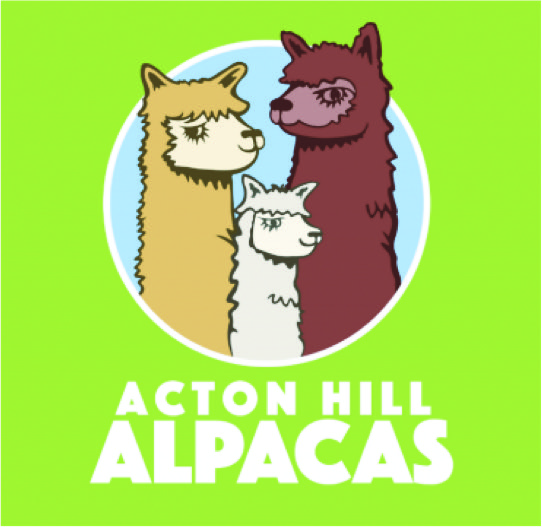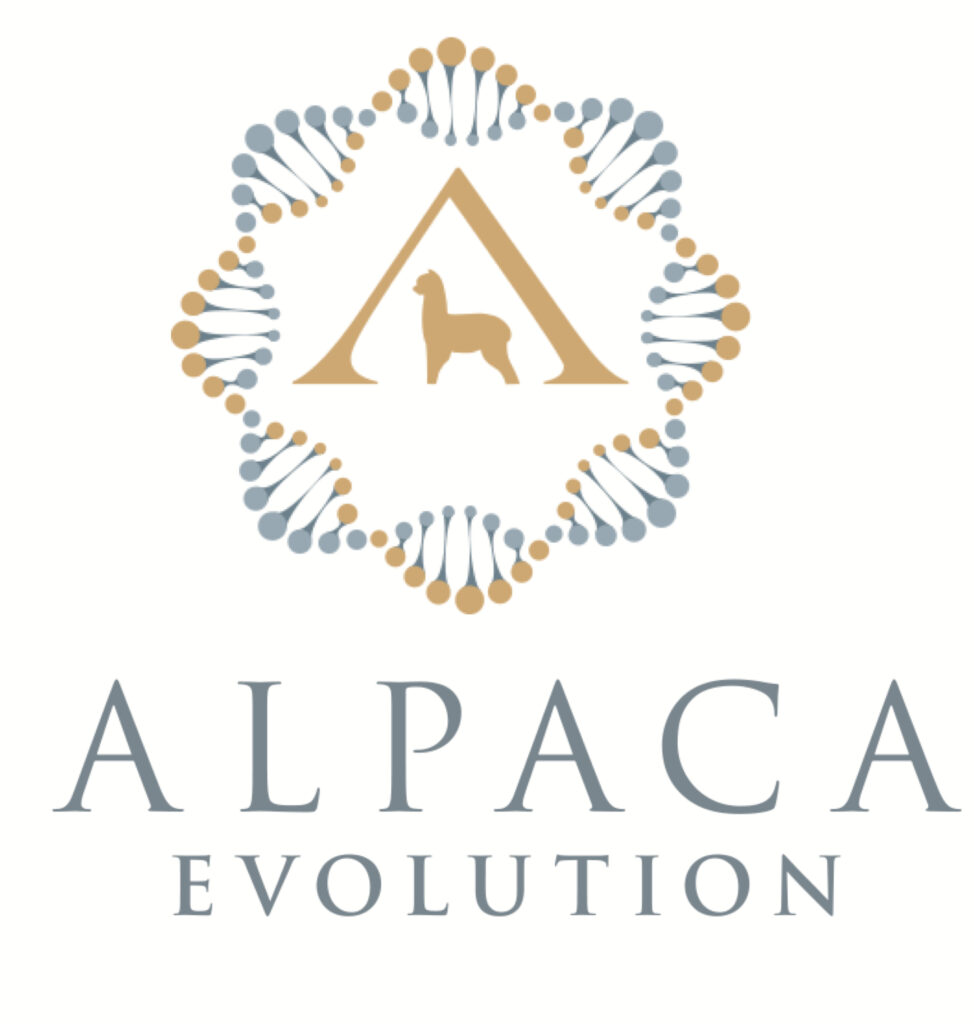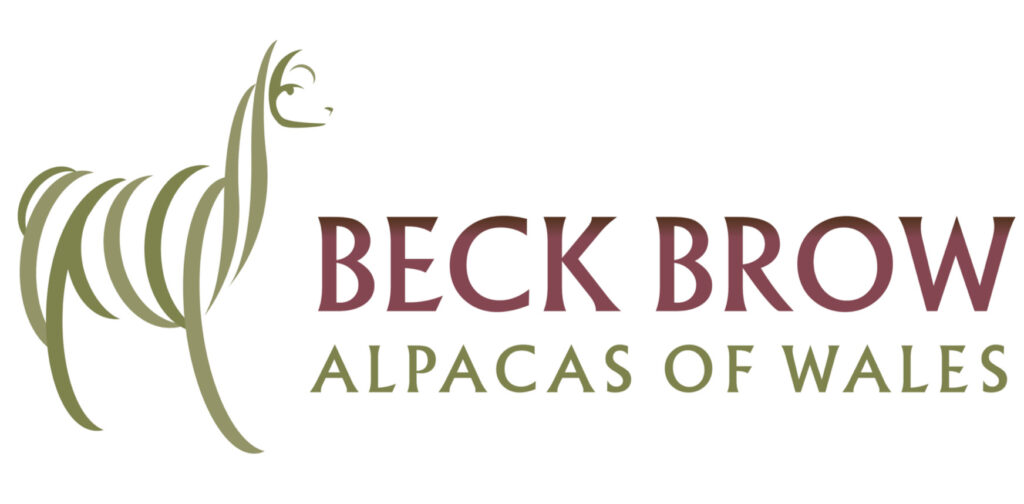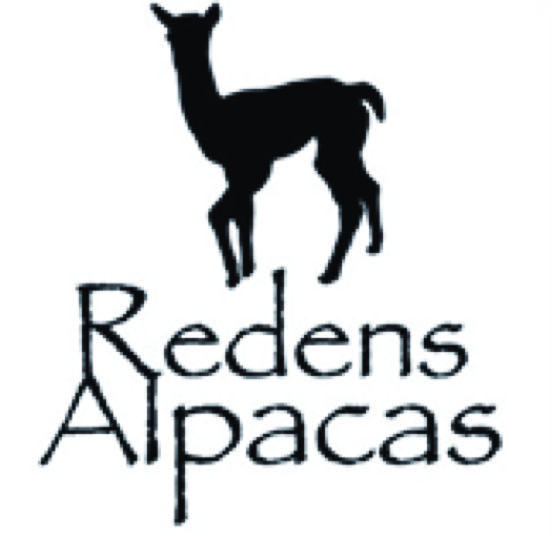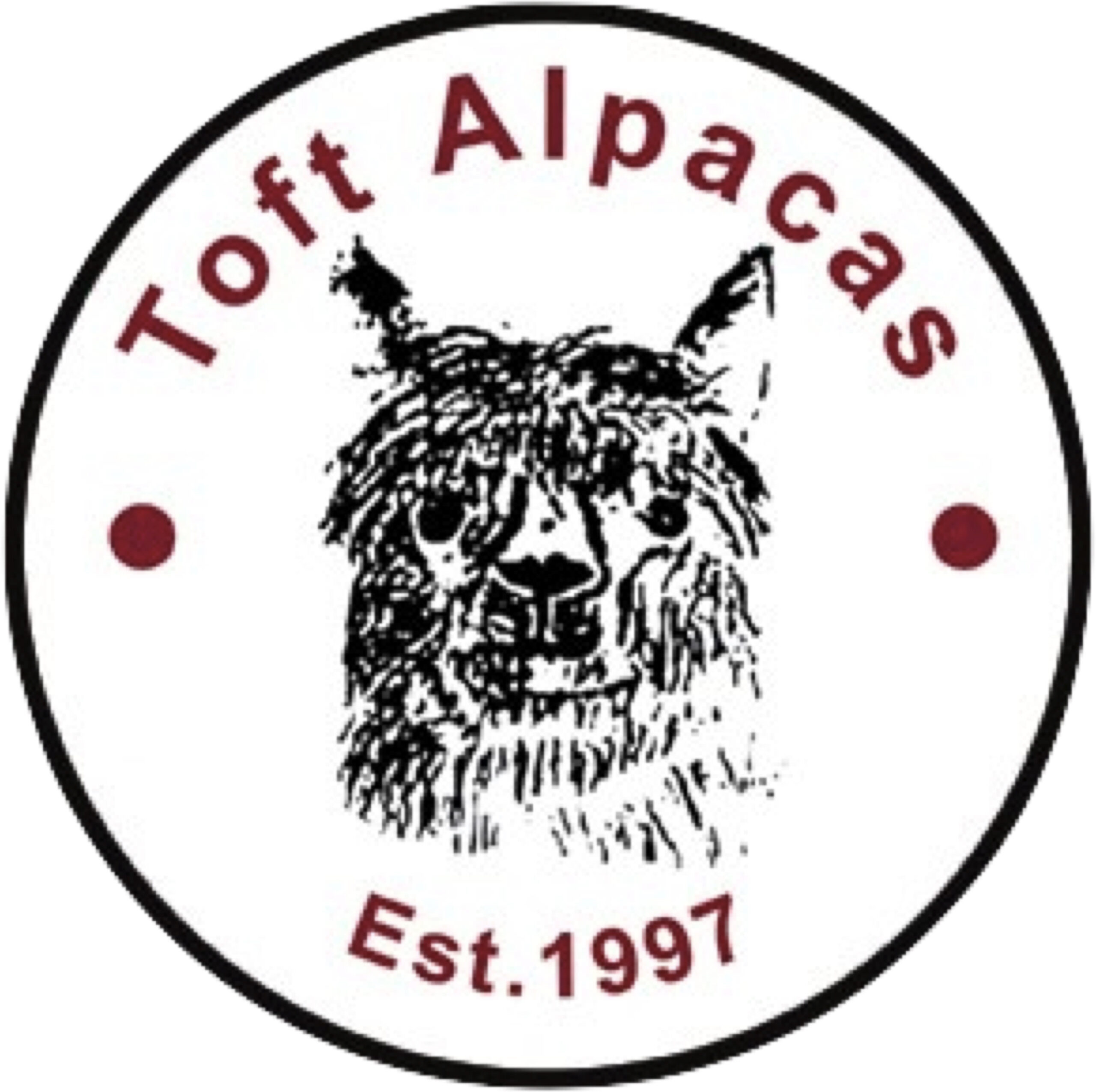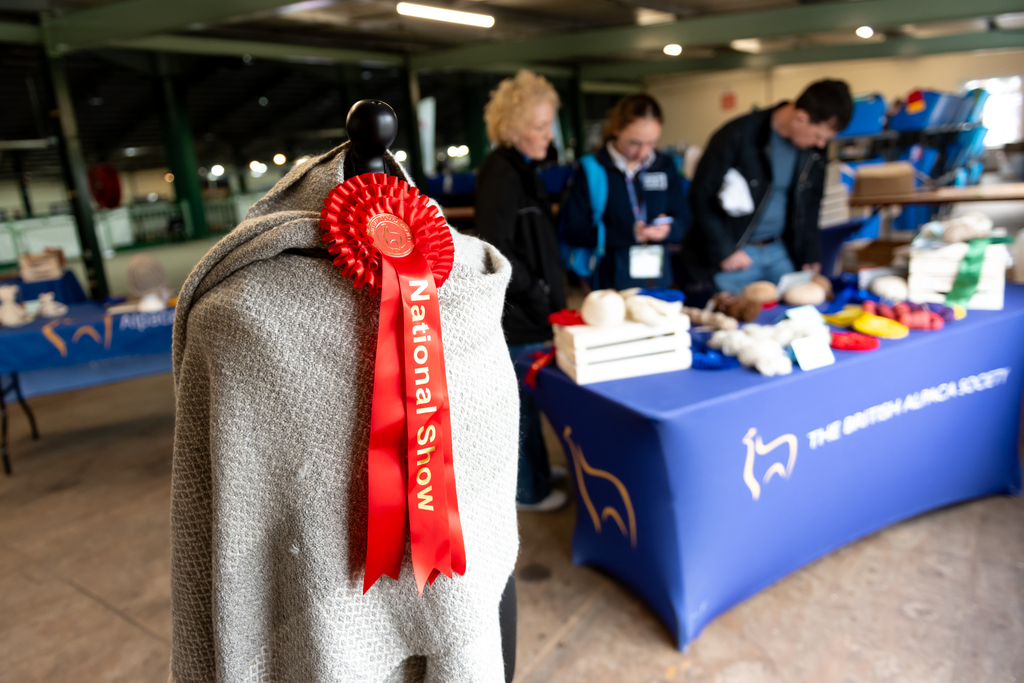
Fibre Zone
The BAS National Show once again hosted the hugely popular Fibre Zone to showcase the diversity of our wonderful alpaca fleece and this was judged by Val Fullerlove.
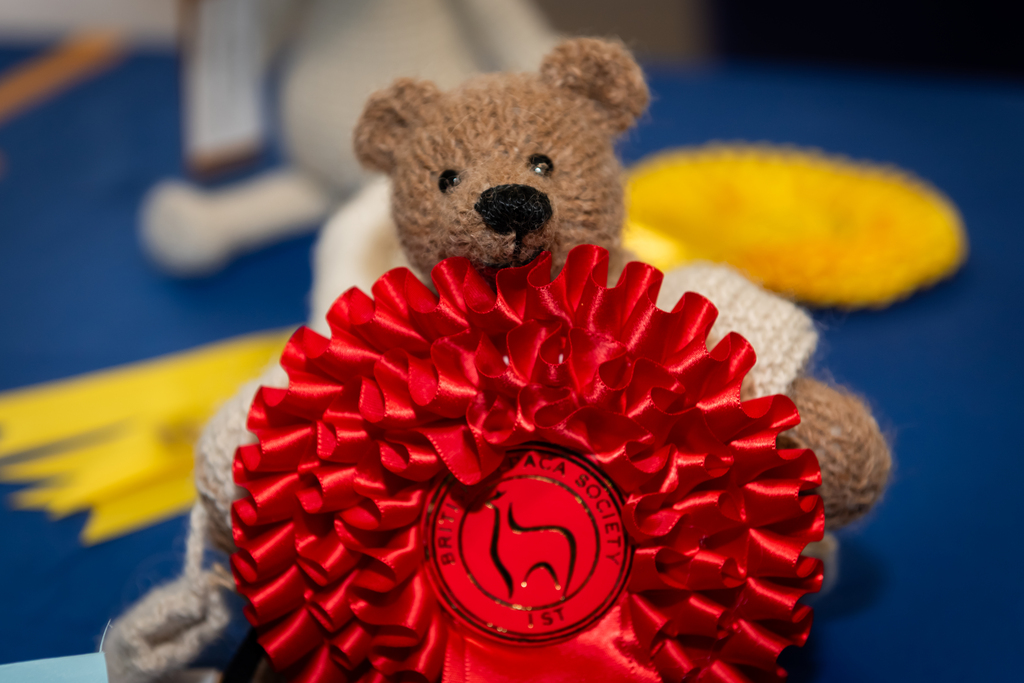
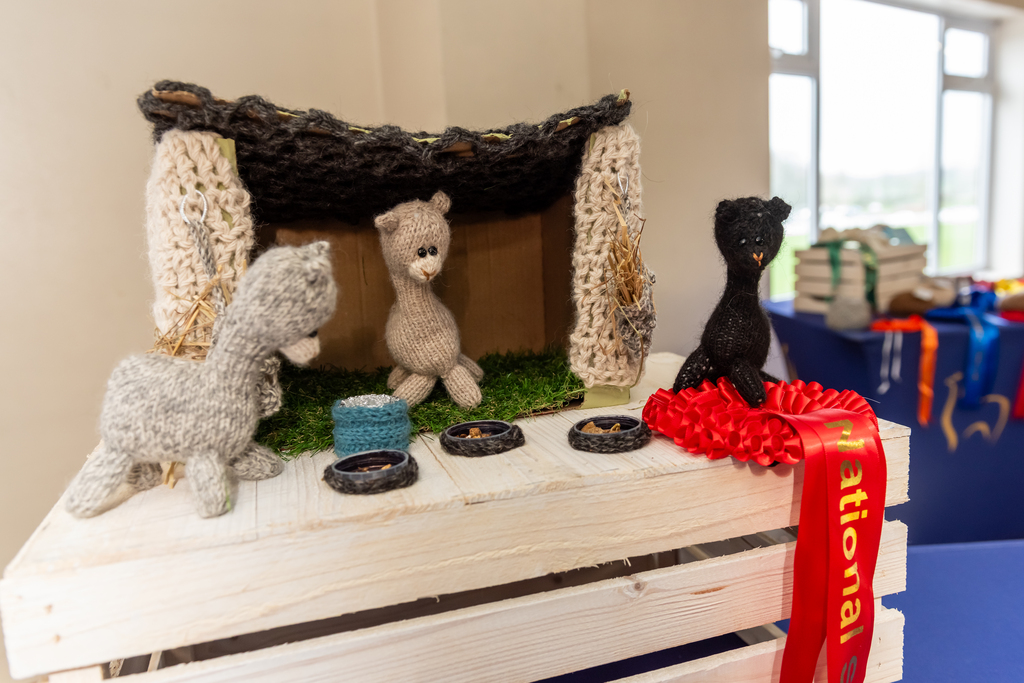



Judge: Val Fullerlove
Classes
We have a whole range of classes to accomodate yarns, craft and machine made items – please download the list and let us know if you have any questions. Hopefully you will find a class ideally suited to your alpaca creations!
How to Enter
- Bring your entry to The Fibre Zone on Friday 21 March or before 10 am on Saturday 22 March
- Please send your entry form in advance via email to alison.wiseman@googlemail.com
- Send your entry and entry form to:
- Alison Wiseman, Balnuith Alpacas, Tealing, Angus, DD4 0RE
Return of Entries:
- PLEASE NOTE – We will only accept entries on the understanding that they are left on display, after judging, and until 3pm on Sunday 23 March
- If you wish us to return your entries by post – please leave/send appropriate return packaging and postage and address details
Entry Fees:
- Entry fees: £5.00 per item, or £12.00 for three items
- Options for payment:
- In cash at the show to the Fibre Zone organisers
- By BACS to British Alpaca Society marked Fibre Zone
Additional Information
- Please ensure that any identifying labels / markings are securely covered over until after judging.
- We would be delighted for your identity to be clearly displayed with your entry/entries once judging has taken place. Please feel free to let us have your information and we will place it with the entry/entries after judging
If you have any questions, please contact: alison.wiseman@googlemail.com
Entry Rules
All items must be crafted with at least 75% alpaca except our yarn classes which must be 100% alpaca.
All classes open to fully paid up members of the British Alpaca Society.
Entries from our international members are welcome but they must be brought to the show and taken away afterwards. No international postal service is available due to import and export fees.


